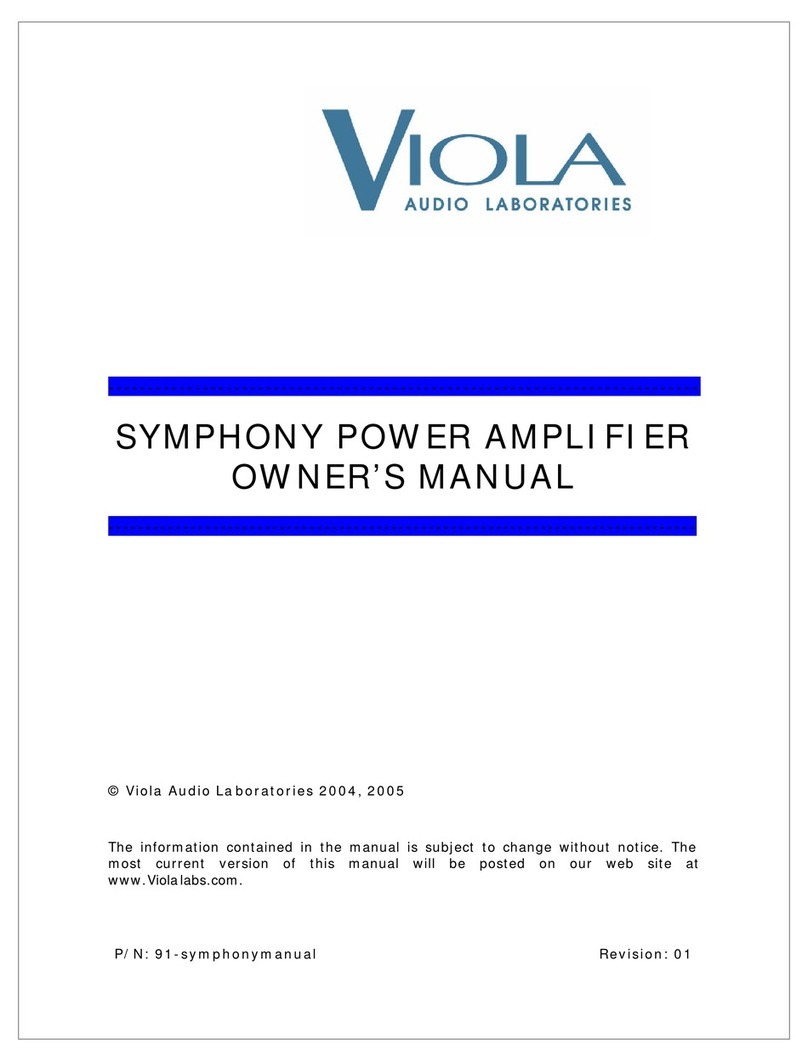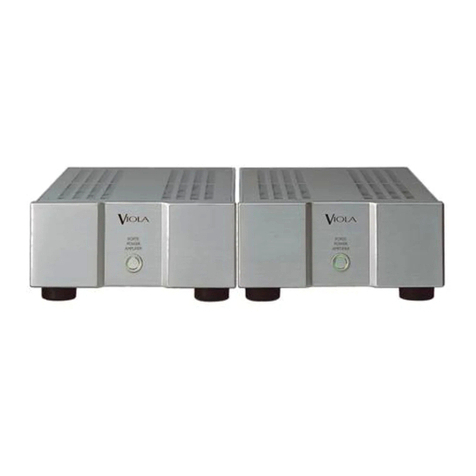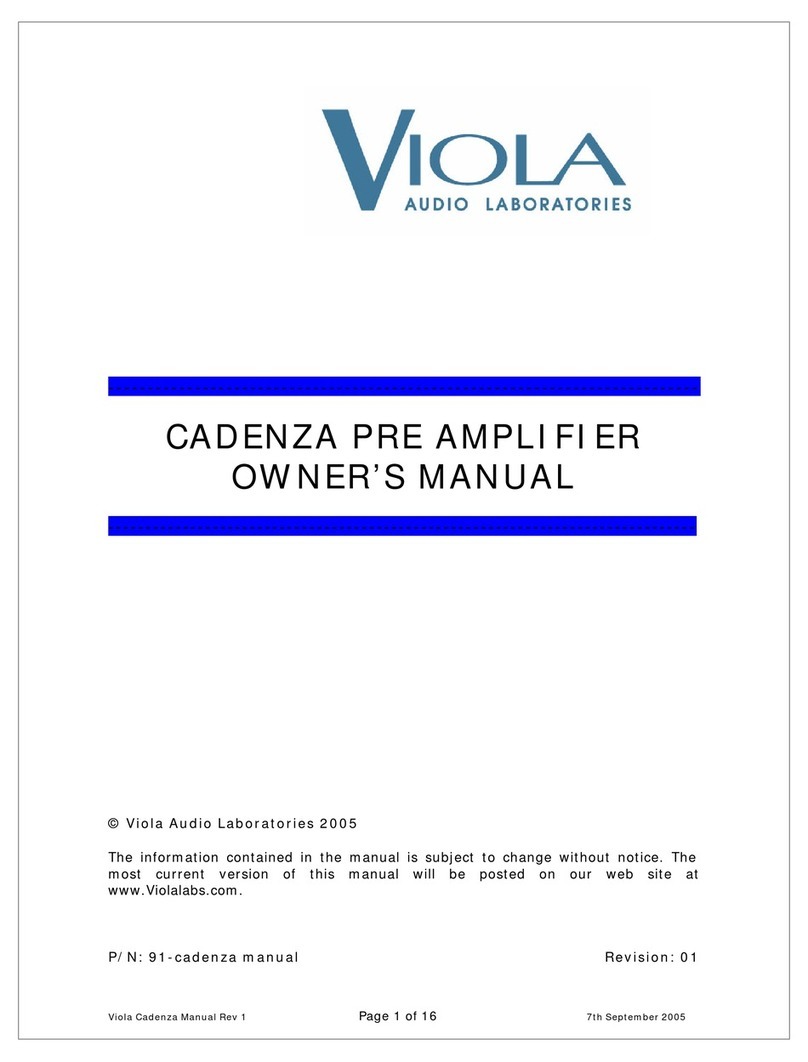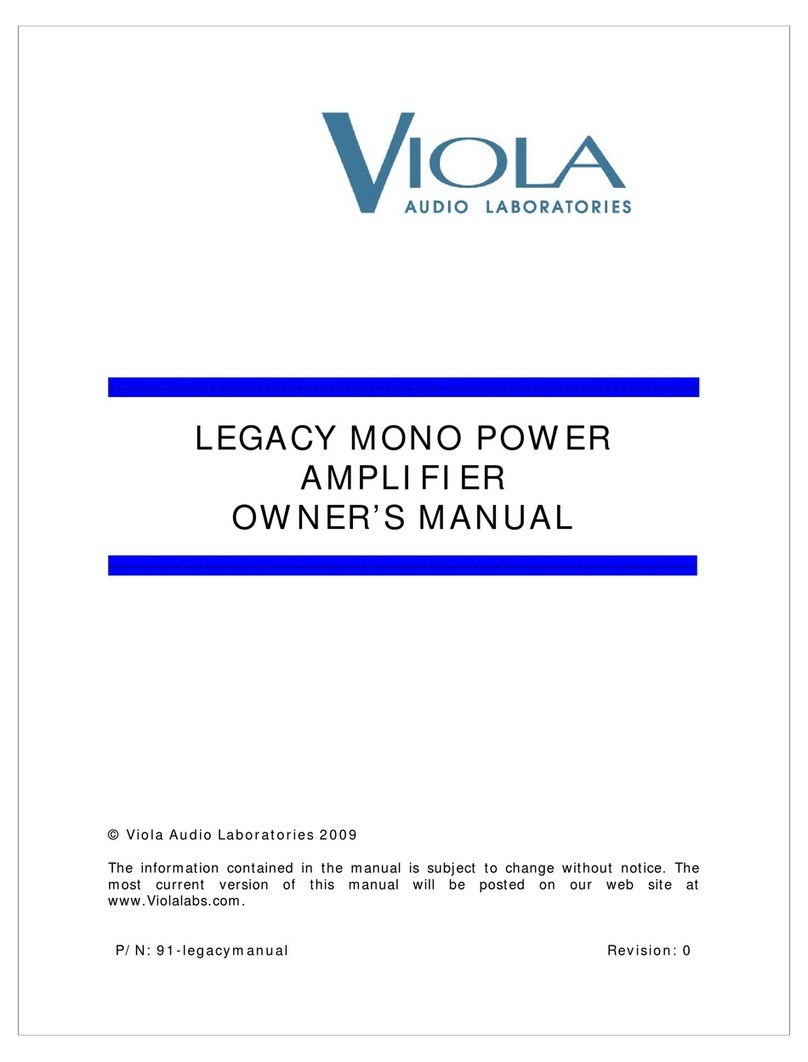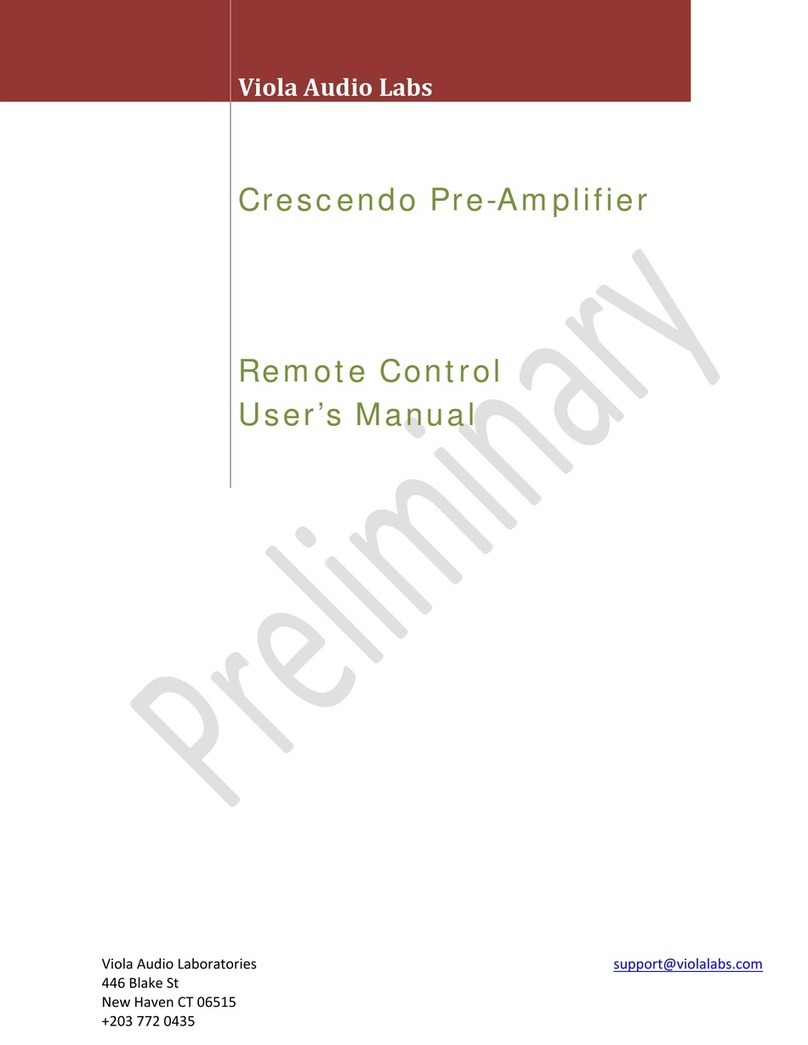
8
this greatly increases the life span and reliability of the power supply
components. Capacitor lifespan in particular can be increased by at
least an order of magnitude. The virtual elimination of the high peak
ripple currents also minimizes intermodulation distortion on the power
supply “rails” and ground returns.
Additional power factor (PF) correction circuitry increases the PF
from .9 (typical for “choke” input supplies) to .96 (a power factor of 1
[unity] is considered ideal). The power supply utilizes large,
conventional components instead of a switching power supply because
they can operate at power levels several times their continuous power
ratings for longer periods. Given the duty cycles found in even the
most demanding music, large conventional magnetic components can
be used in audio power amplifiers whose continuous sine wave power
ratings would otherwise require a switching power supply rated at 3
times that of the conventional type. *
* Note: This duty cycle concept has nothing to do with so called
“music power”. FTC regulations were issued in the early 1970s to
standardize power ratings. These requirements include a
preconditioning of 1 hour operation at 1/3 rated power output after
which the amplifier is expected to be able to produce its full rated
power at any frequency within the rated bandwidth at a THD level of
no more than the manufacturer’s rated THD with all channels driven
together. This FTC rating approach was in fact a reaction to the
infamous “music power” rating system which at best represented the
amount of power an amplifier could deliver for a fraction of a second!
Actual music can demand sustained full power levels for up to 30
seconds.
The conventional magnetic supply used for this amplifier does not
utilize high frequency switching and therefore is devoid of any high
frequency noise. It offers much higher reliability and does not have to
be derated nearly as much as an equivalent switching power supply for
a given ambient temperature.
Each amplifier’s large, robust power supply includes a high
capacity, low noise toroidal transformer and inductor. Specifically, the
supply uses a 2kVA transformer with 320,000 mF total capacitance.
Four large, low ESR ("Equivalent Series Resistance") capacitors
(80,000 mf each) are located in the amp chassis. They are designed to
minimize the buss length to the output stages for optimum decoupling
of the supply lines.
Heavy oxygen-free copper bus bars enhance the efficiency of
power distribution within the amplifier and eliminate variances
